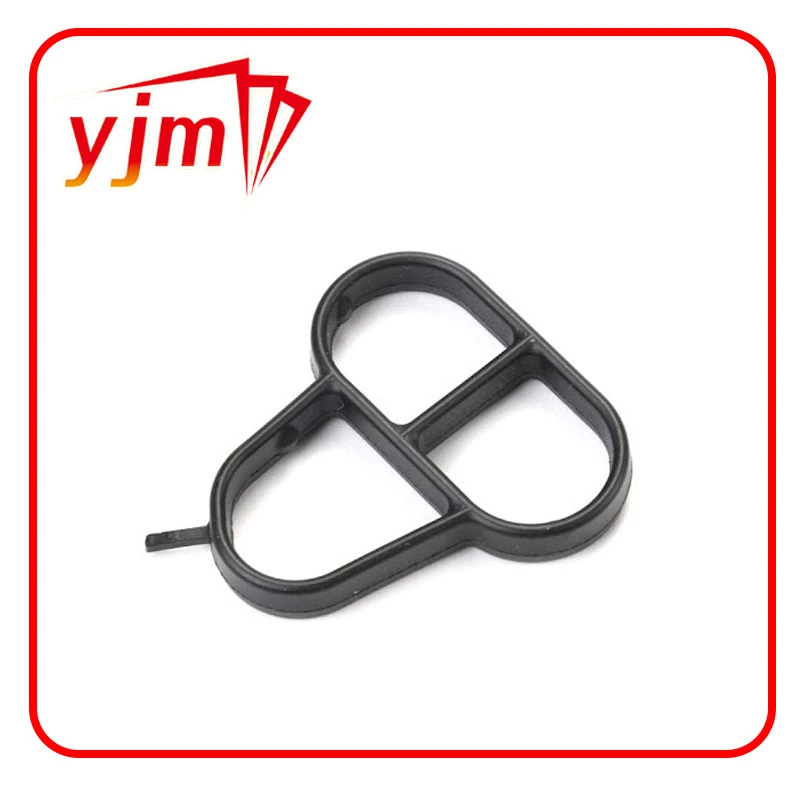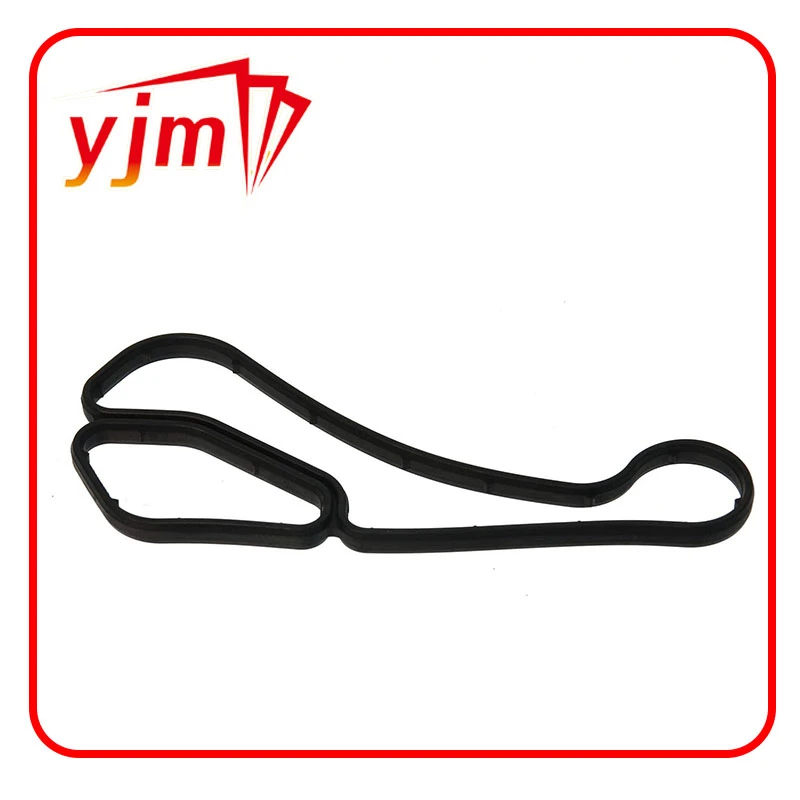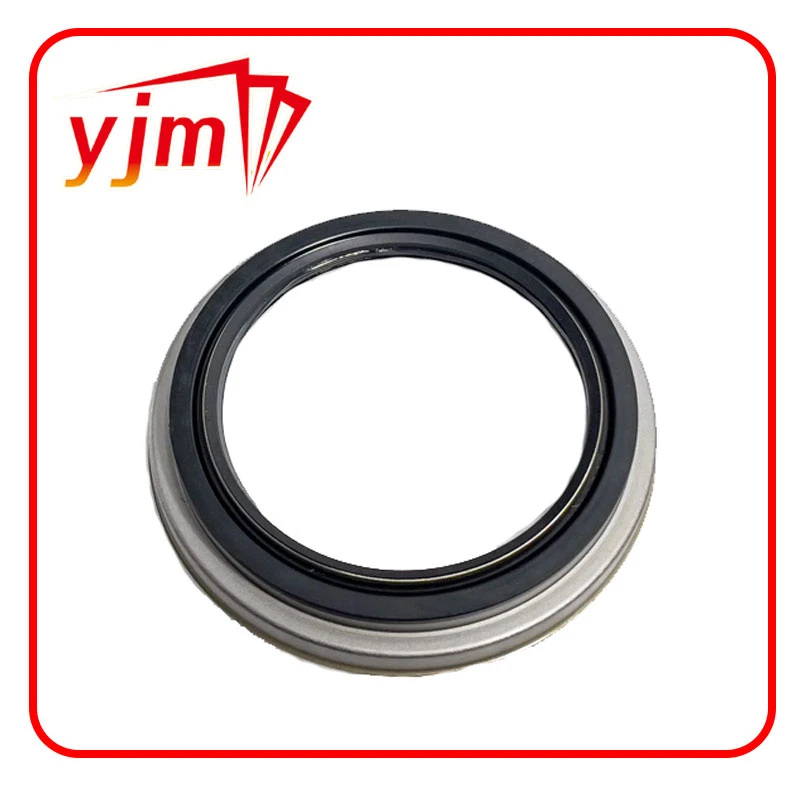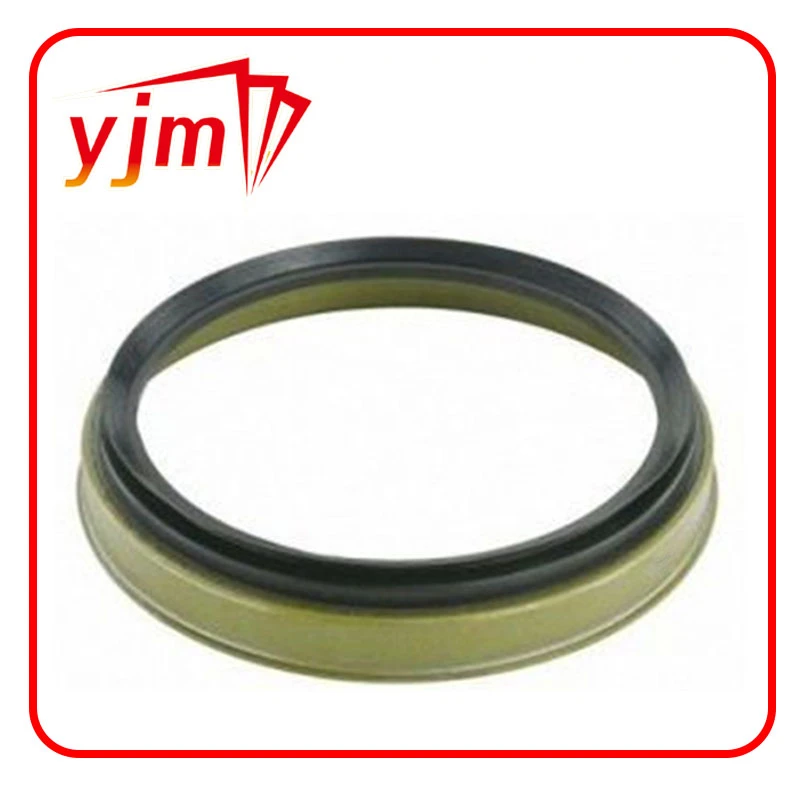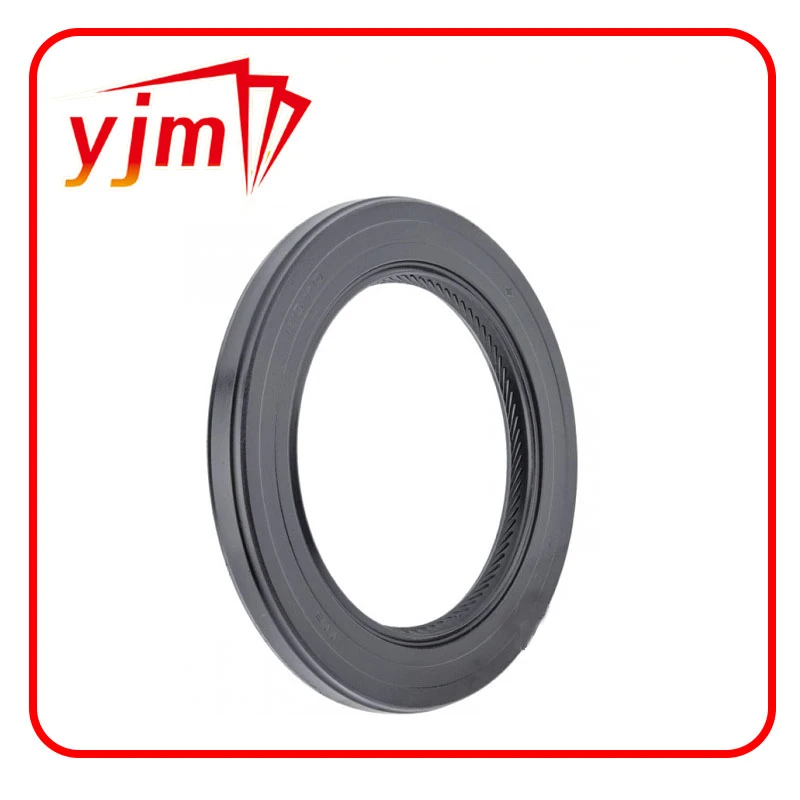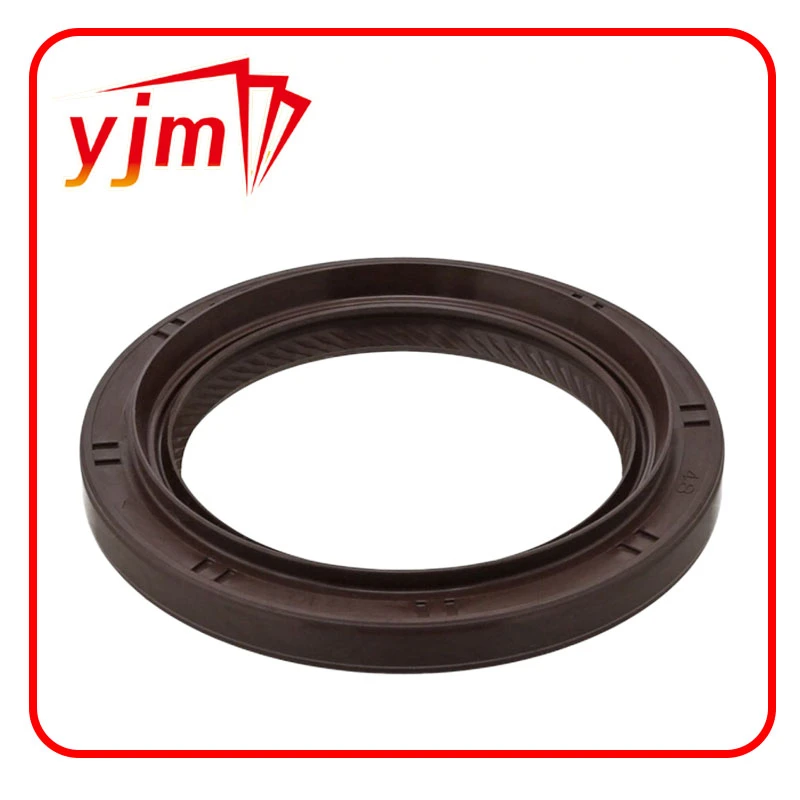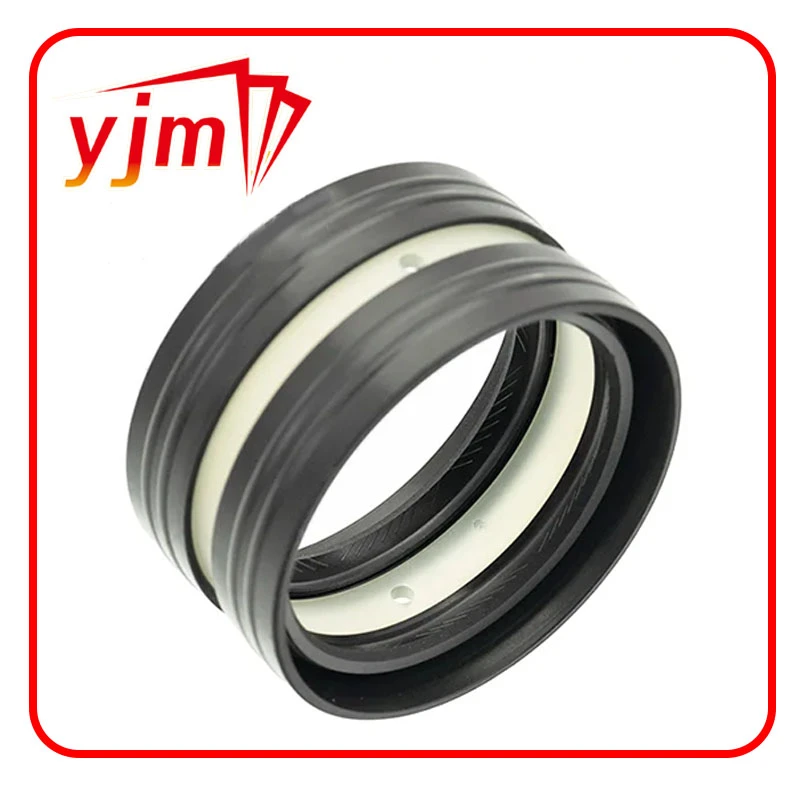High-Quality Oil Seal 50 * 72 * 10 | Durable & Reliable Shaft Seals
Understanding Oil Seal 50 72 10: The Small But Mighty Component Powering Industry Worldwide
It’s easy to overlook the tiny components that make massive machines hum like clockwork. One such unsung hero literally keeps things from leaking out and breaking down — the oil seal 50 72 10. This small yet crucial seal finds its way into countless machines, vehicles, and equipment globally. Why does it matter, and why should you care? Well, for starters, it’s the guardian that prevents contamination and fluid loss, letting engines and gearboxes work smoothly across industries from automotive to manufacturing.
In an increasingly industrial world, understanding such components helps businesses cut downtime, optimize costs, and improve sustainability — and that has ripple effects on everything from energy savings to environmental protection.
Oil Seal 50 72 10 in the Global Industrial Context
The global mechanical seal market size reached approximately USD 5.8 billion in recent years, per industry reports, with increasing demand linked to machinery reliability and maintenance. As factories become more automated and transportation fleets grow, the demand for durable seals like the oil seal 50 72 10 surges.1 These seals help solve the persistent problem of fluid leakage — which can cause costly equipment failures and environmental hazards.
Consider this: industrial fluid leaks contribute to significant downtime and maintenance expenses worldwide. For industries like mining, agriculture, and automotive manufacturing — all growth fields in regions such as Asia-Pacific and Europe — a dependable seal is indispensable. The oil seal’s dimensions (50 mm inner diameter, 72 mm outer diameter, 10 mm thickness) fit a wide range of engine and gearbox shafts, making the 50 72 10 oil seal a versatile choice globally.
Mini takeaway:
- Oil seals are vital in preventing fluid loss, protecting equipment worldwide.
- The specific size 50 72 10 balances versatility and reliability in various machines.
What Exactly Is an Oil Seal 50 72 10?
At its core, an oil seal — sometimes called a shaft seal — is a mechanical gasket that fits around rotating shafts to prevent lubricants from leaking while barring dust and contaminants. The numbers “50 72 10” describe its precise dimensions in millimeters: 50 mm inner diameter (ID), 72 mm outer diameter (OD), and 10 mm thickness. These measurements align snugly with the shaft and housing, creating a tight seal in applications requiring rotational movement.
Modern industries rely heavily on such seals, as their failure can mean costly repairs or operational shutdowns. It’s not just about keeping oil in; it’s about extending component life, reducing waste, and maintaining operational efficiency across machinery ranging from automotive engines to hydraulic pumps.
Mini takeaway:
- The 50 72 10 oil seal is a precisely sized solution to leak prevention.
- It supports modern manufacturing and maintenance needs by sealing shaft interfaces.
The Key Factors That Make Oil Seal 50 72 10 So Effective
1. Material Composition
Most oil seals are crafted from nitrile rubber or fluoroelastomer because of their resistance to heat, oil, and wear. For the 50 72 10 size, selecting the right material means it can handle temperature variations (up to 120°C or beyond) and exposure to various lubricants.
2. Durability & Wear Resistance
This seal must withstand continuous rotation and friction without degrading quickly. Many manufacturers reinforce the lip edges with fabric layers or metal inserts to extend service life.
3. Precision Dimensions
If the seal’s diameter or thickness is even slightly off, it’ll leak. That precision ensures a snug fit on the shaft and housing, minimizing potential failure points.
4. Ease of Installation
In practical settings — especially on factory floors or in remote repair shops — the seal’s design allows for easy installation without special tools, reducing downtime.
5. Compatibility with Fluids
Since seals come into contact with oils, greases, and coolants, chemical compatibility is essential. The 50 72 10 oil seal is widely used because it works well with many industrial fluids.
Mini takeaway:
- The effectiveness hinges on material, precision, and durability.
- Good design balances performance with practical installation needs.
Global Applications: Real-World Uses of Oil Seal 50 72 10
The 50 72 10 oil seal finds a home in several major industries worldwide:
- Automotive: Engines, transmissions, and axles use these seals extensively to maintain oil pressure and prevent contamination.
- Manufacturing & Heavy Machinery: Conveyor systems, hydraulic presses, and pumps rely on dependable sealing to reduce downtime.
- Agriculture: Tractors and harvesters operate in dusty, rough environments, making seals critical.
- Renewable Energy: Wind turbine gearboxes and generators benefit from seals that handle harsh conditions and spinning shafts.
Industries in Asia such as China and India, automotive hubs in Germany and Japan, and heavy equipment manufacturers in the USA routinely source the oil seal 50 72 10 for maintenance and new builds. Oddly enough, despite being standardized, local manufacturers often customize these seals to suit peculiar climate or chemical exposure conditions, demonstrating its global adaptability.
Mini takeaway:
- This seal is a behind-the-scenes hero across diverse industries and geographies.
- Its widespread use underscores the universal engineering challenge of fluid containment.
Advantages & Long-Term Value of Choosing the Right Oil Seal 50 72 10
Buying the right oil seal isn’t merely transactional — it’s an investment in safety, efficiency, and sustainability. Here’s why:
- Cost Efficiency: Prevents costly fluid leaks that could damage expensive machinery.
- Reliability: Lowers breakdown frequencies, reducing downtime and maintenance costs.
- Environmental Impact: Minimizes lubricant leakage, which could contaminate soil or water.
- Operational Safety: Keeps hazardous fluids contained, protecting workers and equipment.
From a human angle, knowing your machinery is sealed tight gives peace of mind to plant managers and engineers alike. Over time, this trust builds into smoother operations and even contributes indirectly to sustainability goals by reducing waste.
Mini takeaway:
- Reliable oil seals translate into safer, cost-effective, and greener industrial processes.
- The 50 72 10 size fits neatly into these benefits.
Peeking Ahead: Future Trends and Innovations Around Oil Seal 50 72 10
Innovation doesn’t stop with such components. Industry insiders tell me there’s an exciting push toward:
- Eco-friendly Materials: Biodegradable and recyclable seal compounds to reduce environmental impact.
- Smart Seals: Integration of sensors detecting wear or leakage early, part of the digital transformation in Industry 4.0.
- Enhanced Heat Resistance: New rubber blends for seals operating reliably at ultra-high temperatures.
- Customization Technologies: Rapid prototyping and 3D printing to tailor seals fast for bespoke machinery.
These innovations might sound futuristic, but many manufacturers have already started adopting them — meaning if you source an oil seal 50 72 10 today, chances are it’s benefiting from cutting-edge advancements.
Mini takeaway:
- The future of oil seals mixes sustainability and intelligent technology.
- Staying updated means tapping into performance and environmental benefits.
Challenges & Practical Solutions When Using Oil Seal 50 72 10
Despite its simplicity, oil sealing isn’t without challenges. Here are a few common ones:
- Seal Lip Wear: Over time, friction can erode sealing edges—solved partially by advanced materials and lubrication.
- Improper Installation: Incorrect fit causes leaks—a real pain onsite that’s mitigated by training and fit guides.
- Extreme Conditions: Exposure to unusual chemicals or temperatures beyond specs require specialty seals or coatings.
- Counterfeit Parts: Using low-quality seals leads to early failure—trusted vendors and certifications help avoid this pitfall.
Manufacturers are innovating with composite materials and better quality controls to tackle these effectively. On the user end, investing in verified products — like those found at oil seal 50 72 10 specialists — plus proper installation, ensures trouble-free use.
Product Specification Table for Oil Seal 50 72 10
| Specification | Details |
|---|---|
| Inner Diameter (ID) | 50 mm |
| Outer Diameter (OD) | 72 mm |
| Thickness/Width | 10 mm |
| Material | Nitrile Rubber (NBR) / Fluoroelastomer (FKM) |
| Temperature Range | -30°C to +120°C (varies by material) |
| Max RPM | ~6000 rpm |
Vendor Comparison Table: Finding the Right Source for Oil Seal 50 72 10
| Vendor | Material Quality | Price Range | Customization Options | Lead Time | Customer Support |
|---|---|---|---|---|---|
| YJM Seal | Premium NBR & FKM | $$$ | High (size & material) | 1–2 weeks | 24/7 Technical Support |
| Generic Supplier A | Standard NBR | $ | Limited | 3–4 weeks | Business Hours Only |
| Specialty Seals Co. | High-grade FKM | $$$$ | Custom design & coatings | 2 weeks | Extended Warranty Support |
Frequently Asked Questions About Oil Seal 50 72 10
Q1: How do I know if the oil seal 50 72 10 is the right size for my application?
Generally, you measure the shaft diameter and housing bore where the seal will sit. The oil seal’s inner diameter must match the shaft closely, while the outer diameter matches the housing bore. The “50 72 10” means 50mm ID, 72mm OD, and 10mm width. Cross-check these against your equipment manuals or consult suppliers like YJM Seal to get the perfect fit.
Q2: Can the oil seal 50 72 10 handle high temperatures or harsh chemicals?
Its suitability depends on the material. Nitrile rubber withstands moderate heat and oils, typically up to 120°C. Fluoroelastomer (FKM) variants handle higher temperatures and aggressive chemicals. Choose the material based on your operating conditions to ensure longevity.
Q3: What causes oil seals to fail prematurely?
Common causes include improper installation, shaft misalignment, abrasive particles, or incompatible fluids breaking down the seal material. Routine inspection and using high-quality seals with proper installation techniques mitigate these issues.
Q4: Are there eco-friendly options for oil seal 50 72 10?
Yes! With growing sustainability concerns, manufacturers now offer seals made from recyclable or bio-based polymers. Though still emerging, these options reduce environmental impact without sacrificing performance.
Q5: Where can I source reliable oil seals with good post-sale support?
Vendors like YJM Seal specialize in quality seals, offering technical advice, customization, and prompt delivery — crucial if your machinery can’t wait long for downtime.
Wrapping Things Up: Why Oil Seal 50 72 10 Deserves Your Attention
To sum it up, the oil seal 50 72 10 might be tiny, but it’s vital muscle in the vast machinery ecosystem. It safeguards equipment, saves costs, reduces environmental footprint, and helps industries function without hitches. Whether you’re an engineer working in automotive, manufacturing, or renewable energy sectors, understanding and sourcing the right oil seal isn’t just good practice — it’s essential.
Curious to explore more or find your perfect oil seal? Drop by our site and discover options built to keep your equipment running smooth for years to come.
References
-
Seal 12x20x5: Precision Radial Shaft Seals for Industrial Reliability
News Nov.24,2025
-
Seal 12x18x5: Essential Guide to Specifications, Applications & Vendors
News Nov.24,2025
-
Understanding Seal 12 20 5: Applications, Specifications & Industry Insights
News Nov.23,2025
-
Durable Oil Seal 85x110x12 – Reliable Sealing Solutions for Industry
News Nov.23,2025
-
Durable and Precise Oil Seal 75x95x10 for Efficient Machinery | YJM Seal
News Nov.22,2025
-
Durable Oil Seal 75x100x10 for Reliable Industrial Performance | YJM Seal
News Nov.22,2025
-
High-Quality Oil Seal 65x90x10 | Durable & Reliable Sealing Solutions
News Nov.22,2025
Products categories

